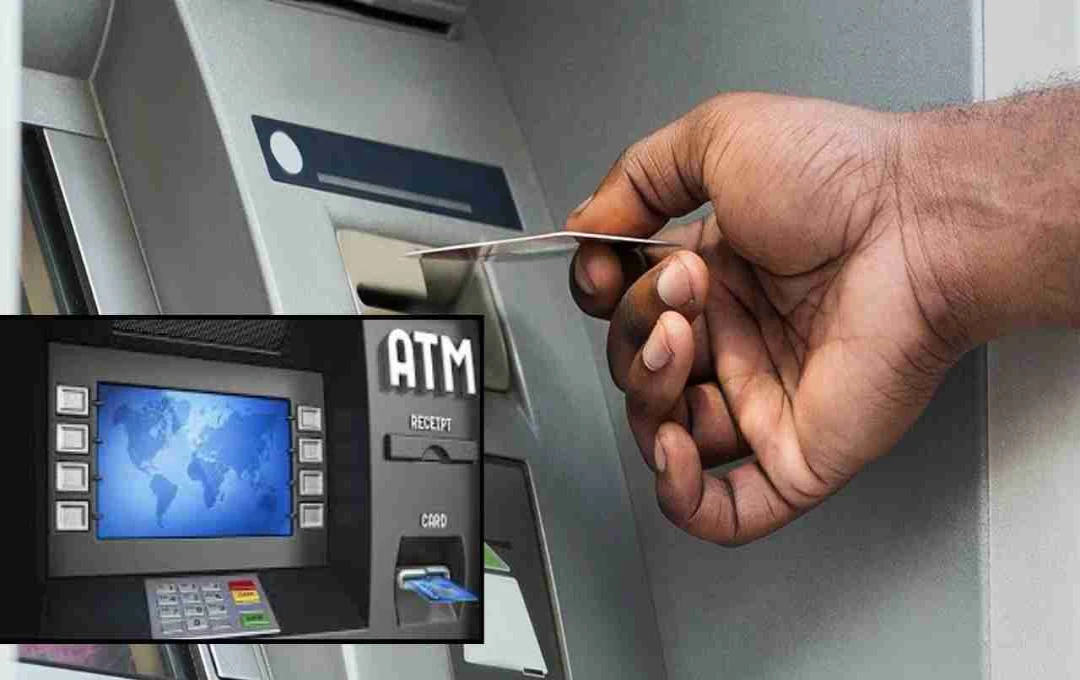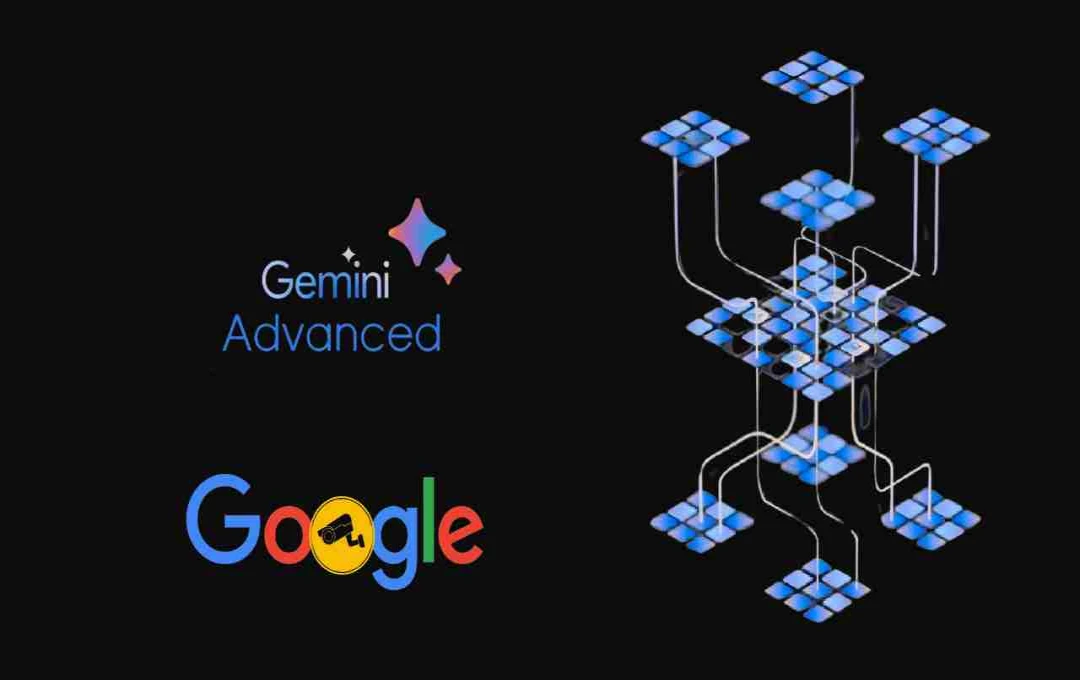ATM Users to Face Increased Withdrawal Charges Starting May 1st. The RBI has raised the withdrawal charge limit, a new rule announced on March 28th, effective May 1st.
ATM rule change: The Reserve Bank of India (RBI), the country's central banking authority, has implemented a significant change to ATM cash withdrawal regulations. Customers will now incur higher charges for each additional transaction. This new rule will be enforced nationwide starting May 1st, 2025.
What are the new charges and when will they be implemented?
On March 28th, 2025, the RBI announced an increase in ATM cash withdrawal charges from ₹21 to ₹23. This means users will pay ₹2 more per additional transaction exceeding their free transaction limit.
How many free transactions are allowed?

Currently, up to 3 free ATM withdrawals per month are allowed in metro cities like Delhi, Mumbai, and Kolkata, and 5 in other cities. Subsequent withdrawals will be charged ₹23 per transaction under the new rule.
Why are withdrawal charges levied?
When withdrawing cash from an ATM of a bank other than your own, that bank charges your bank an interchange fee. This fee is then passed on to the customer as a withdrawal fee. This is the reason for the per-transaction charge after a certain limit.
How can these charges be avoided?
Avoiding these increased ATM charges is achievable. Plan your ATM cash withdrawals to 2-3 times a month. Furthermore, utilize UPI apps, digital wallets, and debit cards for daily expenses. UPI payments are widely accepted in most establishments today.














